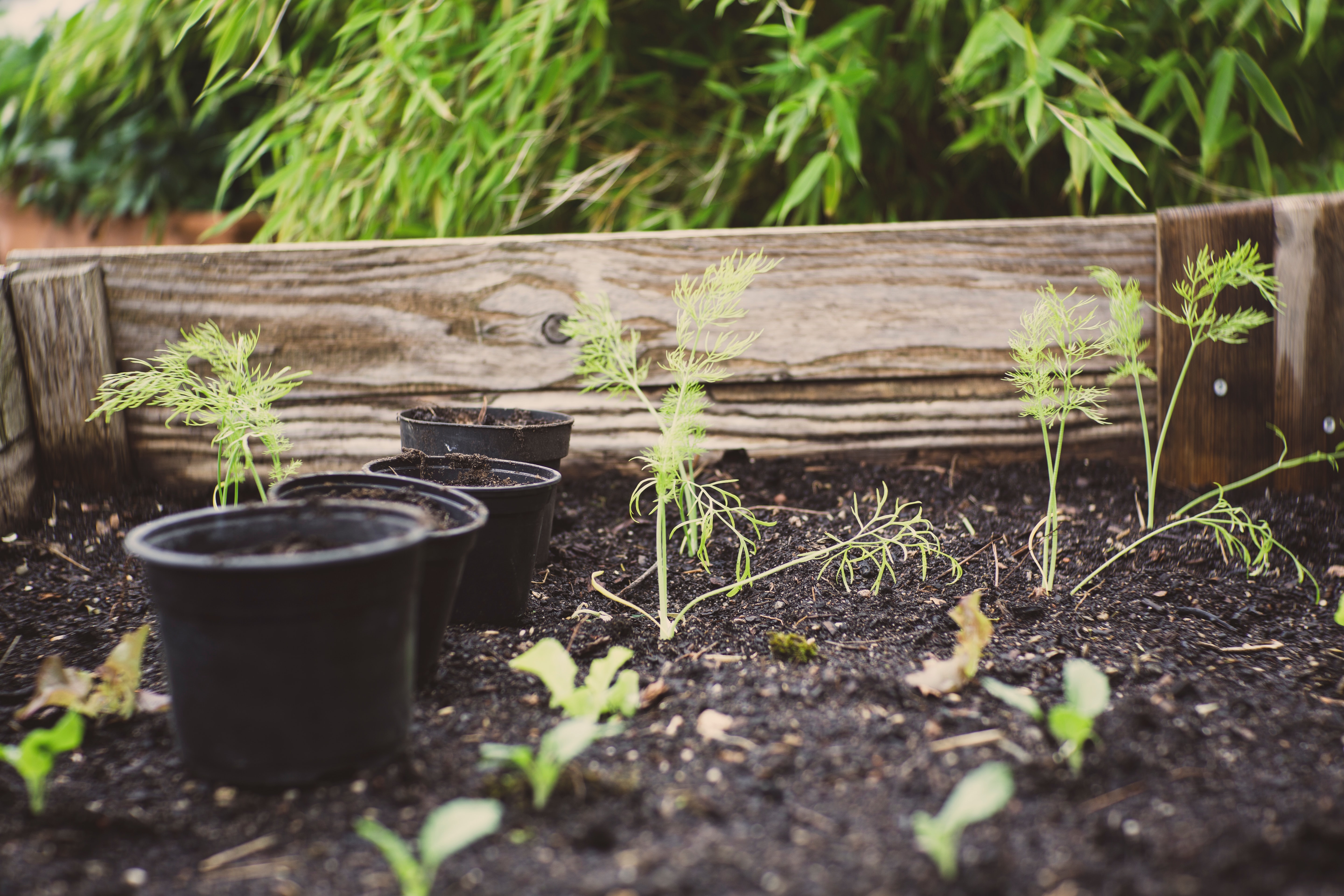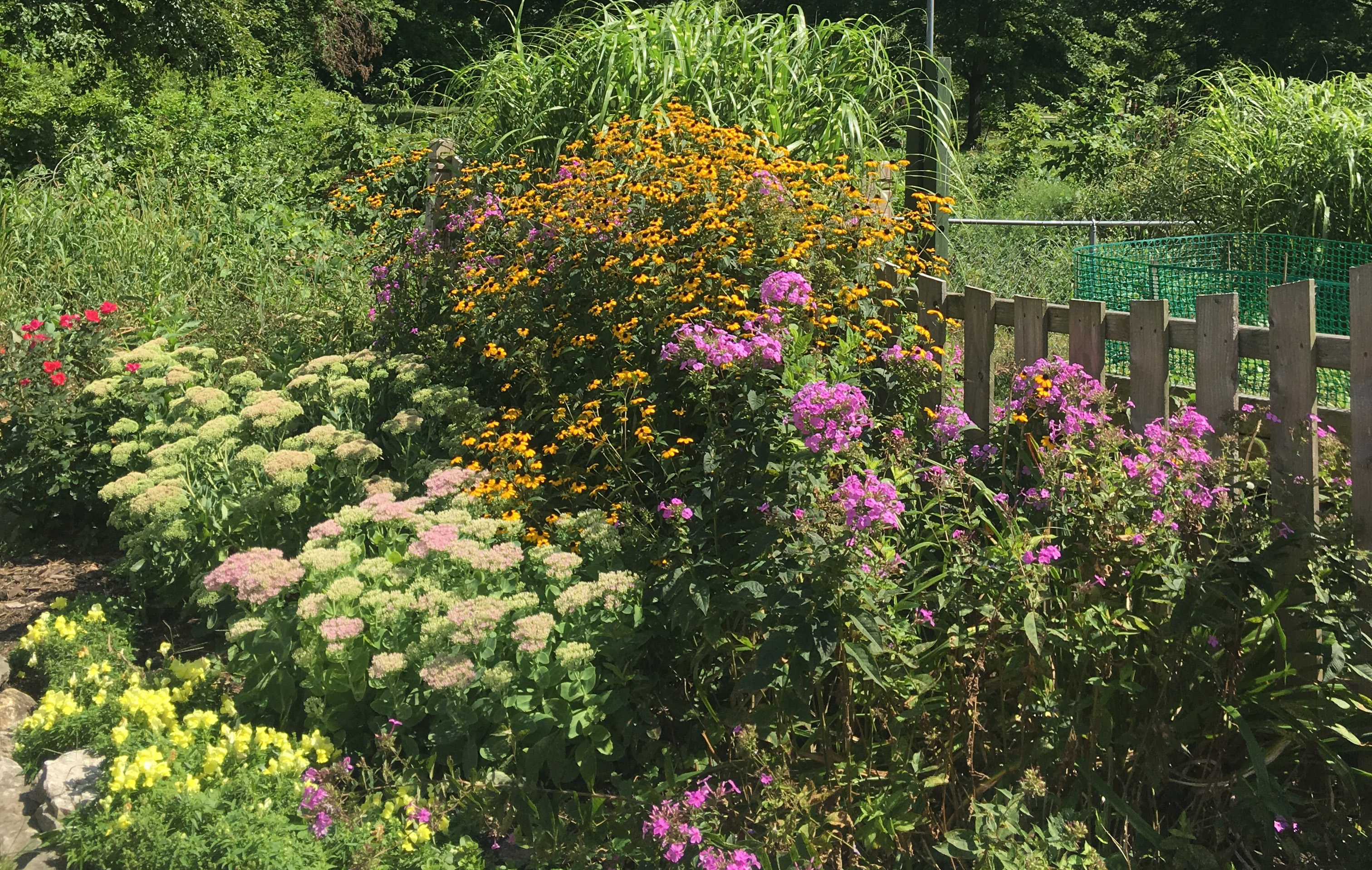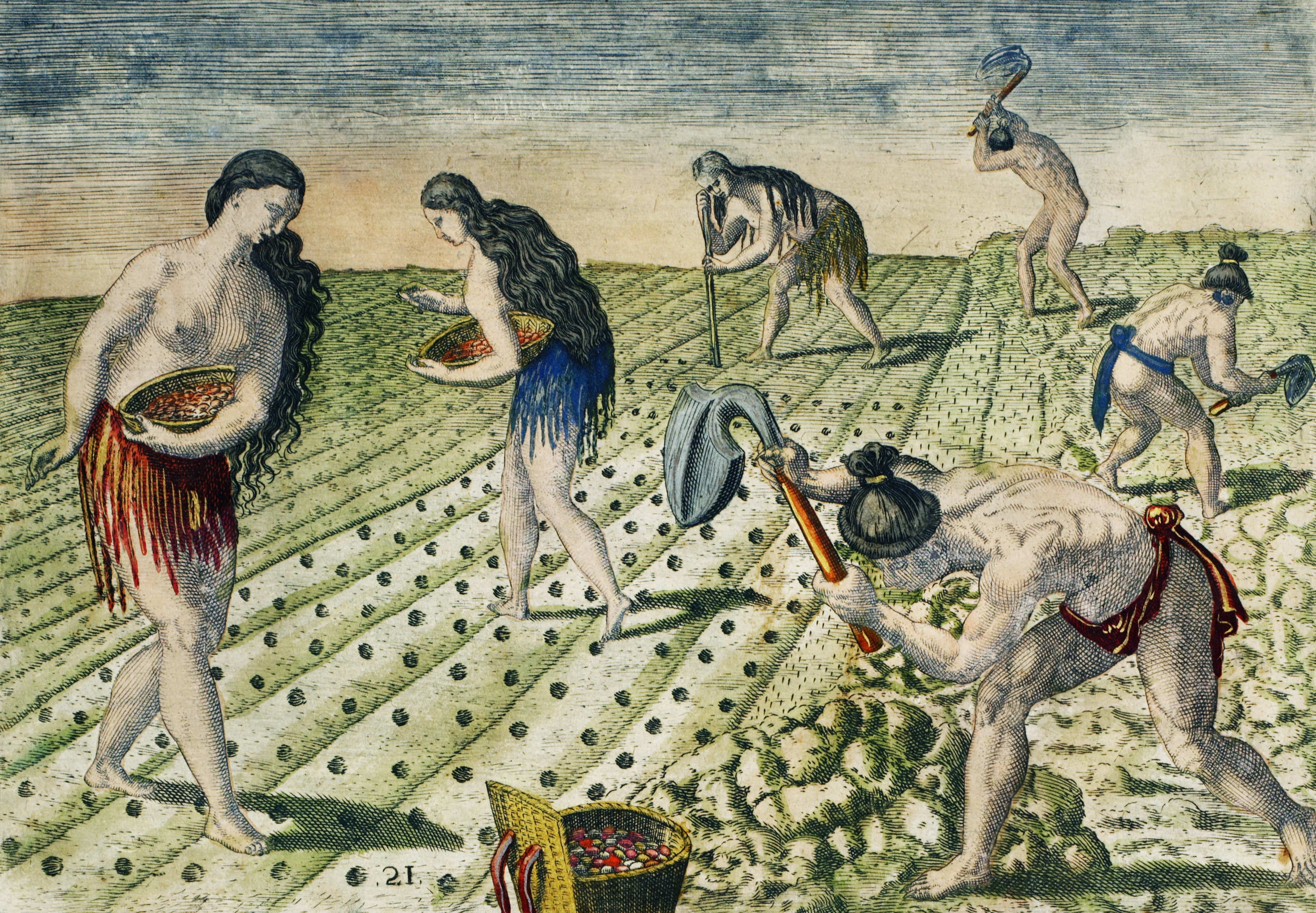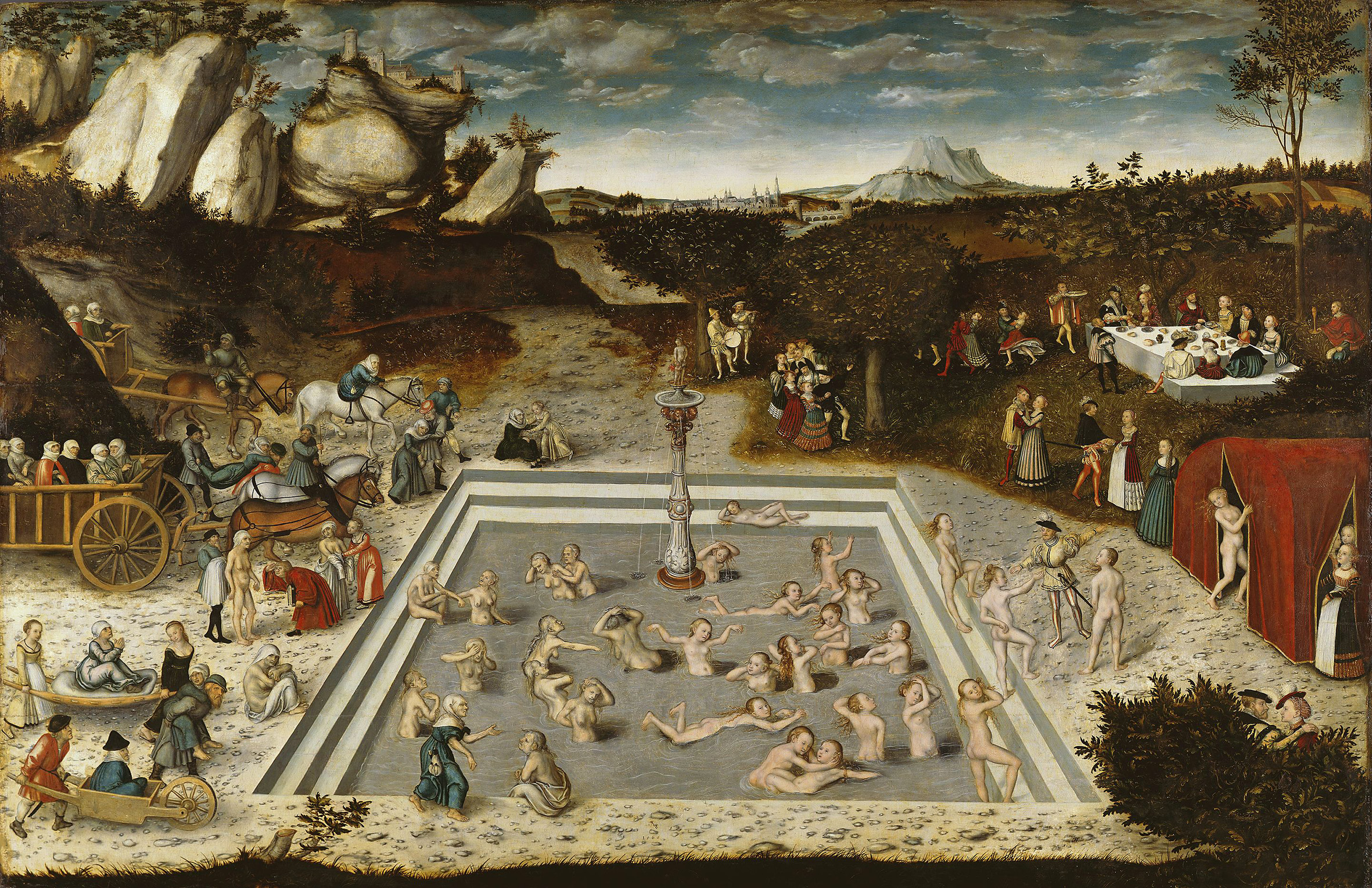
A single raindrop makes little difference when we are dealing with severe drought. But constant droplets wear away a stone! Introduce small changes into your life and you will help Earth, too.
‘Earth’ doesn’t seem the most appropriate name for our planet, though. After all, it is the oceans and seas that cover almost three-quarters of its surface. Perhaps it should be called Oceania? This name would better reflect its true nature. Still, many global crises are caused by water shortage. According to a 2019 report by UNICEF and the World Health Organization, a third of people globally don’t have access to safe drinking water. How is that possible? Do you appreciate that you simply need to turn on the tap, and out comes swift-flowing water? Are you aware that you can purify it at home?
Water, or rather the way it’s stored in the environment, is also connected to compost – often referred to by gardeners as ‘black gold’. You can make compost in your own garden or on the balcony using organic waste. It’s worth doing!
Water recycling
In high school, we were once asked to summarize an article about environmental protection. I came across a newspaper piece describing how to build a mini water treatment plant in a bucket. Thanks to marsh plants and the microorganisms living on their roots, it was possible, for instance, to purify wastewater generated while doing the dishes. I went even further, though, and decided to create a mini water treatment plant myself, following the described model. Even though I was turning sewage into clear water, I felt as if I’d discovered the alchemist’s formula for converting lead into pure gold. I got an A grade and my idea met with so much enthusiasm that I was assigned my own laboratory, where I could continue my explorations. This is how the project of a living system for water recycling, also known as a living machine, came to life.
A living machine brings together biology and technology. Technological solutions serve as a skeleton to which living organisms literally get stuck to. The machine operates thanks to the solar energy absorbed by green plants through photosynthesis. Plants are responsible for so-called primary production and ensure the stable development of this artificially constructed ecosystem. Additional energy sources for a living machine include sewage and pollutants, which – through exposure to a plethora of biochemical processes – decompose into basic ingredients. The byproducts comprise clear water, fresh air, food obtained from the plants that are integral to the entire process, and an enormous amount of biomass. These living systems can evolve entirely by themselves and adapt to the pollutants they’re exposed to. They self-regenerate and self-replicate. They’re also able to produce energy, provide organic food, neutralize toxins, restore damaged ecosystems, purify air and regulate the microclimate. They can be designed in a way that enables solving extremely complex problems – such as decomposing and neutralizing oil-derived substances or producing entirely new biocomponents. Growingly aware of how these living systems operated, I thought about new ways in which they could be used in the real world, beyond the confines of my small school laboratory.
As a teenager – following the methodology of two disciplines, eco-design and permaculture – I created a living system that allowed me to reuse wastewater to irrigate crops, thanks to which I could produce 30% of my food supplies. Importantly, it all happened in a city, on a 7.5-square-metre balcony. This entire living ecosystem was powered solely by a 20-Watt solar pump.
Compost is no picnic
This is an impressive ratio: one gram of organic matter can hold eight grams of water.
When looking at the productivity of living machines, it can be noticed that there’s something else they produce in excess. Scraps from such plants as duckweed, cattail, water hyacinth, water caltrop, water chestnut, reed, willow, calamus, water ferns, alongside other organic waste, can be turned into compost (with the help of fungi and earthworms). Gardeners’ ‘black gold’ is a great natural fertilizer that makes soil richer in organic matter. No matter how much of it we add, compost doesn’t have negative effects on the soil. On the contrary, it makes it richer, softer and airier. In addition, it increases its water storage capacity.
If through the use of compost, we increase the amount of organic matter on a one-hectare field by 1%, its soil will be able to store 190 cubic metres of water more than before such re-cultivation. This also prevents soil erosion, which means that less pollution reaches rivers, lakes, seas and oceans. The soil becomes resistant to drought and less prone to being washed away by wind, which, in turn, reduces particle pollution in the air. With better vegetation of plants (not only the cultivable ones, since compost can be also used for trees and bushes), the emission of nitric oxides into the atmosphere is reduced. And through photosynthesis, more carbon dioxide is absorbed. Trees grow faster and have bigger crowns, providing more shade. More shade means a lower temperature, which is what we need.
Let’s stop cutting trees and instead plant more of them, using compost made from organic kitchen scraps. Let’s do even more. Cities are full of biodegradable waste, which can be used to make compost: vegetable leftovers from farmer’s markets, coffee dregs from cafés, cardboard packaging, mown grass, tree leaves, or the kitchen scraps I already mentioned. All that is needed is a 0.1-square-metre space that can accommodate a 30-litre bucket, where we put the waste and an earthworm, making a wonderful worm compost. You can also create a shared composter with your neighbours. If you don’t own a garden that you can use compost in to grow vegetables, just place it on a nearby lawn. This is a simple thing that can be done by anyone and serve everyone. It can help prevent floods and droughts, increase local biodiversity, positively affect the local microclimate, and purify water.










